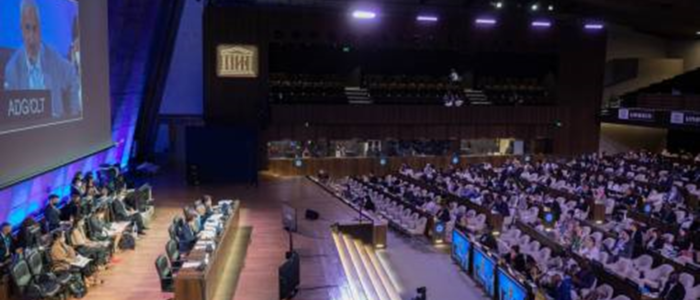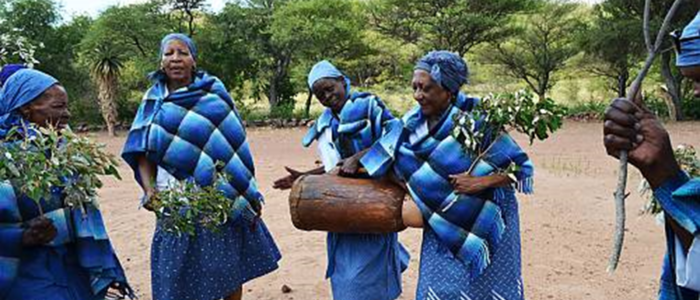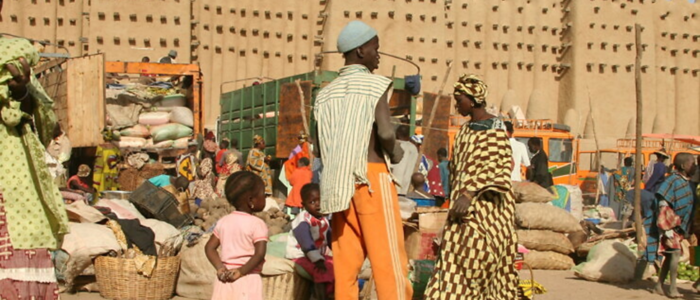The Intangible Cultural Heritage Conservation Center (ICHCC) is dedicated to preserving, promoting, and safeguarding intangible cultural heritage around the world. Our mission is to ensure that the rich traditions, expressions, knowledge, and skills of diverse communities are maintained, celebrated, and passed down to future generations. By working collaboratively with communities, governments, and international partners, we strive to safeguard the cultural expressions that define our humanity and connect us across generations.

We envision a world where intangible cultural heritage is fully recognized, valued, and preserved. Through our efforts, we aim to ensure that the living expressions of culture, passed down through generations, continue to enrich societies, foster cultural diversity, and contribute to sustainable development.
Core Objectives:
- Documentation and Research:
- Conduct comprehensive documentation of intangible cultural heritage elements, including oral traditions, performing arts, social practices, rituals, festive events, knowledge, and practices concerning nature and the universe.
- Support scholarly research and field studies to deepen understanding and raise awareness of intangible cultural heritage.
- Preservation and Safeguarding:
- Implement strategies for the preservation and safeguarding of intangible cultural heritage, including creating digital archives, organizing community workshops, and developing educational materials.
- Collaborate with local communities to identify and address threats to their cultural heritage.
- Education and Capacity Building:
- Develop and provide educational programs and resources to enhance the knowledge and skills of individuals and communities involved in the preservation of intangible cultural heritage.
- Conduct training sessions and workshops for practitioners, educators, and cultural heritage professionals.
- Promotion and Awareness:
- Promote intangible cultural heritage through exhibitions, festivals, and public events to celebrate cultural diversity and foster appreciation among broader audiences.
- Utilize digital platforms and social media to reach a global audience and highlight the importance of intangible cultural heritage.
- Community Involvement:
- Engage local communities in the identification, documentation, and safeguarding of their intangible cultural heritage.
- Empower communities to take an active role in preserving and transmitting their cultural heritage through participatory approaches.
- Global Collaboration:
- Foster international cooperation and exchange among cultural heritage institutions, researchers, and practitioners to share best practices and strengthen global efforts in safeguarding intangible cultural heritage.
- Participate in and support initiatives and networks dedicated to the preservation of cultural heritage.





